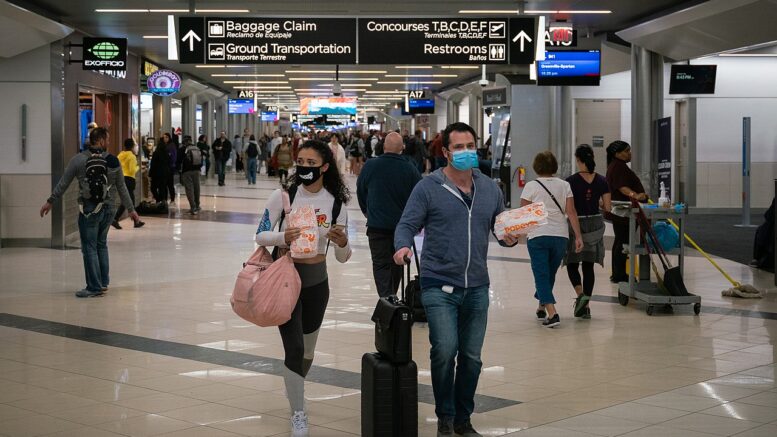
The strong conclusion is that those who wear masks are much more likely to become infected with COVID-19, or for that matter, any coronavirus. A mask concentrates the viral load in nasal tissue, eyes and lungs.
Dr. Russell Blaylock, a board-certified neurosurgeon, has always said the air circulation and ventilation are the best environmental factors to curtail contagion. Wearing a mask is the polar opposite. ⁃ TN Editor
A Centers for Disease Control report released in September shows that masks and face coverings are not effective in preventing the spread of COVID-19, even for those people who consistently wear them.
A study conducted in the United States in July found that when they compared 154 “case-patients,” who tested positive for COVID-19, to a control group of 160 participants from health care facilities who were symptomatic but tested negative, over 70 percent of the case-patients were contaminated with the virus and fell ill despite “always” wearing a mask.
“In the 14 days before illness onset, 71% of case-patients and 74% of control participants reported always using cloth face coverings or other mask types when in public,” the report stated.

In addition, over 14 percent of the case-patients said they “often” wore a face covering and were still infected with the virus. The study also demonstrates that under 4 percent of the case-patients became sick with the virus even though they “never” wore a mask or face covering.
Despite over 70 percent of the case-patient participants’ efforts to follow CDC recommendations by committing to always wearing face coverings at “gatherings with ≤10 or >10 persons in a home; shopping; dining at a restaurant; going to an office setting, salon, gym, bar/coffee shop, or church/religious gathering; or using public transportation,” they still contracted the virus.
While the study notes that some of these people may have contracted the virus from the few moments that they removed their mask to eat or drink at “places that offer on-site eating or drinking,” the CDC concedes that there is no successful way to evaluate if that was the exact moment someone became exposed and contracted the virus.
“Characterization of community exposures can be difficult to assess when widespread transmission is occurring, especially from asymptomatic persons within inherently interconnected communities,” the report states.
In fact, the report suggests that “direction, ventilation, and intensity of airflow might affect virus transmission, even if social distancing measures and mask use are implemented according to current guidance.”

